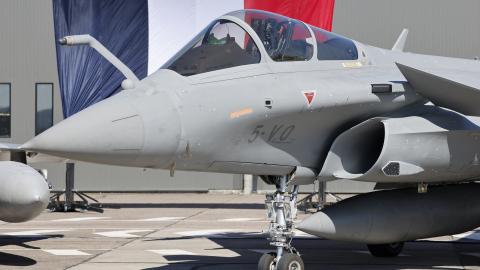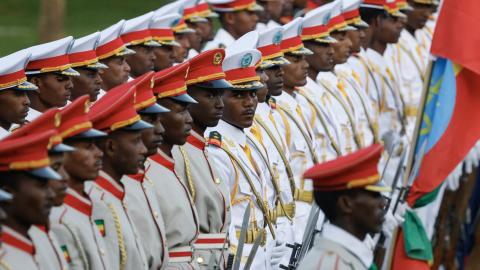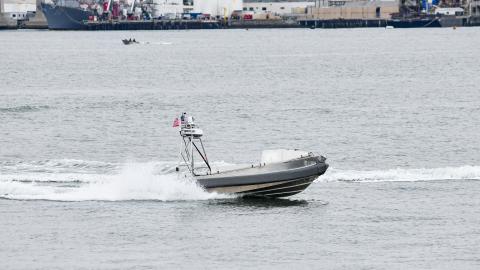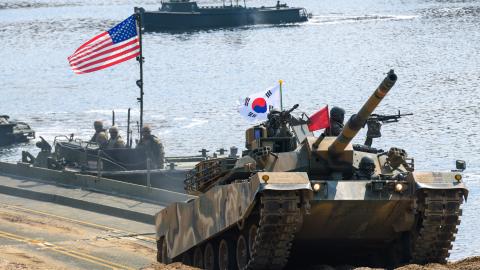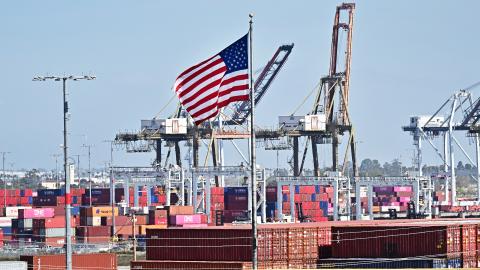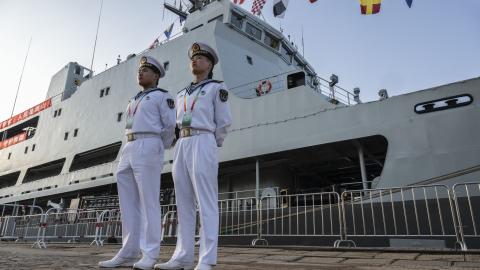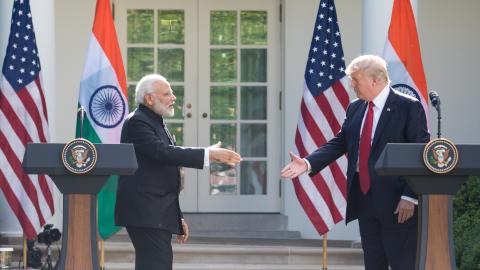The eyes of every world capital will focus on Washington, DC, as President Donald J. Trump Sr. gets ready to be sworn in as the 47th President of the United States. However, unlike most American allies or rivals, one global capital is relatively reassured that its strategic partnership with the U.S. will be on an even keel, if not deeper, under Trump 2.0.
New Delhi is fortunate that close relations between India and the United States enjoy strong bipartisan support even in a highly polarized American polity. Every American presidential administration going back three decades, to President Clinton, has championed ties with India, which is likely to continue in the coming years.
The bedrock of the partnership between the world's oldest and largest democracies has been shared values and mutual strategic interests. The multi-faceted U.S.-India partnership is underpinned by strong commercial ties, close defense cooperation and shared strategic considerations. India's strategic location, economic potential, and military capabilities make it an ideal partner for the United States in a key part of the world: continental Eurasia and the maritime Indo-Pacific.
Over the last two decades, India has also benefitted from geopolitics. During Trump 1.0, peer competition with China enabled a deepening of the strategic partnership with India. India was prominently mentioned in the Trump Administration's National Security Strategy and in the 2017 concept note for the 'Free and Open Indo Pacific.'
Further, it was under Trump 1.0 that the Quad, comprising Australia, Japan, India and the U.S., was revived. While the Obama Administration designated India as a Major Defense Partner by the U.S., it was the first Trump administration that elevated India to Strategic Trade Authorization-1 (STA-1) status enabling license-free access to several American dual-use technologies.
The second Trump Administration will likely deepen its policies adopted during the first. It is expected to be hawkish about China and demand that friends and partners play a role in rolling back China's economic and military rise. India's decades-old rivalry with China will result in India being viewed as a key partner by many in the incoming Trump Administration. Therefore, the Indo-Pacific strategy and the Quad grouping will likely be strengthened and possibly securitized in the second Trump administration, meaning India would be asked to play a more significant role in its region.
However, incoming President Trump disdains experts and prefers a transactional approach to international relations. He also prefers personal ties with leaders over an institution-led approach. This is the approach he adopted with India and Prime Minister Narendra Modi the last time around, and will likely continue this time too.
During the first Trump presidency and even during the campaign cycle, President-elect Trump's mentions of India centered around India's tariff barriers and market access, something he has noted for some years now. India, like other countries, is therefore likely to face the brunt of a public airing of differences over trade, market access, and immigration all of which will have to be balanced with strategic imperatives.
Already, the issue of H-1B visas has risen to the fore. Whatever the result, it will have an adverse impact on attracting skilled talent, including Indians, to the United States. Further, unlike during the first Trump presidency, now there are illegal Indian immigrants crossing from Mexico and Canada.
Over the last decade, there has been a deepening defense relationship, including cooperation and co-development, which is likely to endure. Since 2023, the two countries have also deepened their partnership in the high technology domain – both civilian and defense - under iCET (Initiative for Critical and Emerging Technologies).
Looking strategically, having India as a partner who pushes back against China's military aggression should be important to a Republican administration. This partnership's defense and technological dimensions also have strong bipartisan support in the U.S. Congress.
However, the extent to which the incoming administration prioritizes an initiative that the previous one started may depend, at the end of the day, on the policy priorities of the White House.
Today the India-U.S. partnership is a multi-faceted partnership that ranges from the traditional arenas of military and economics to a knowledge partnership in high technology areas, space and cyber, and healthcare. It is likely to deepen under the incoming Trump administration as it is based on the national interests of both countries and underpinned by shared values.
